Being a Reader™ is a trusted resource for educators across the country due to its thoughtful design that continuously evolves alongside research, staying aligned with what we know about the science of reading.
Download the Evidence Base below, and keep scrolling to view supporting research—including third-party studies, case studies, and more.
The Reading League Report
The Reading League has published a new Curriculum Navigation Report on Collaborative Literacy (which includes the Being a Reader™ and Being a Writer™ programs) as an informational tool for curriculum decision makers. Visit The Reading League Compass to access the report.
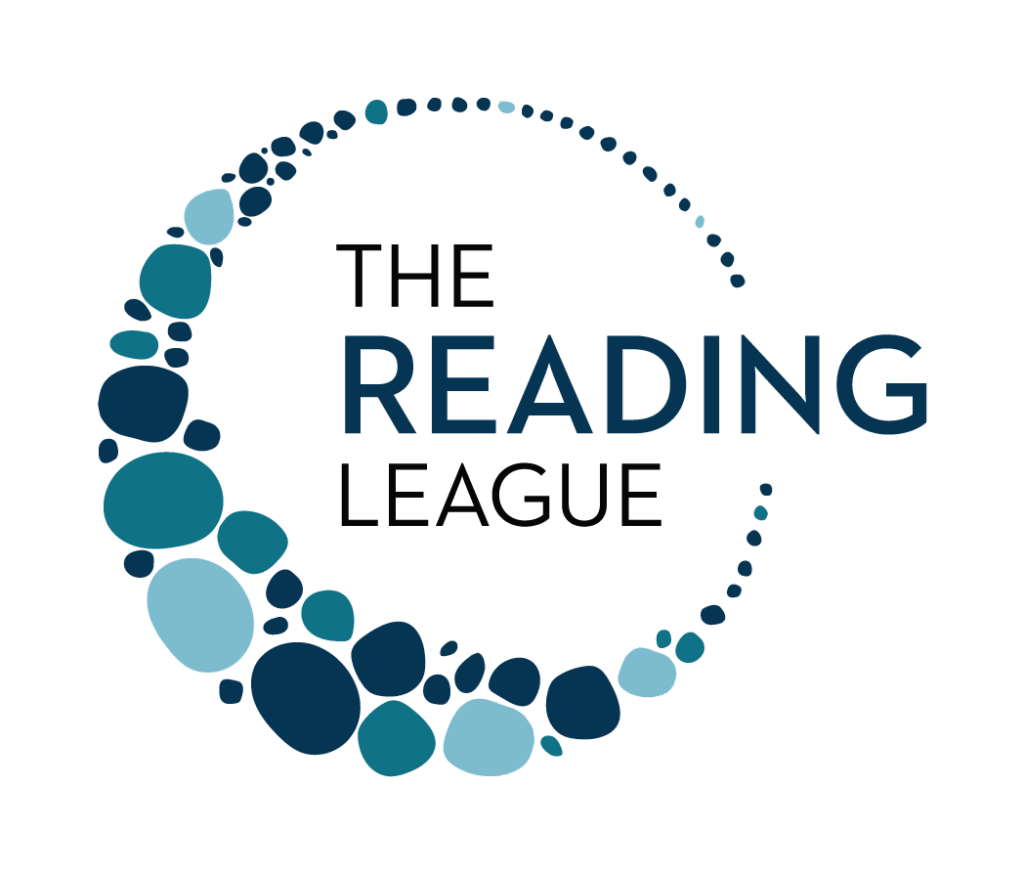
ESSA Evidence Levels
The Every Student Succeeds Act (ESSA) federal education legislation emphasizes state and local control, providing school districts with the flexibility to determine appropriate curricula and interventions for their schools. The levels of evidence define the study criteria.
The chart below identifies the ESSA evidence level for Being a Reader.

| Level 1 Strong Evidence | Level 2 Moderate Evidence | Level 3 Promising Evidence | Level 4 Demonstrates a Rationale |
|---|---|---|---|
| ✔︎ | ✔︎ |
Level 1: Strong Evidence
A well-implemented randomized control experimental study with matched treatment and control groups
Level 2: Moderate Evidence
A well-implemented quasi-experimental study with matched treatment and control groups
Level 3: Promising Evidence
A well-implemented correlational study with statistical controls for selection bias
Level 4: Demonstrates a Rationale
A program or practice, under evaluation, that is informed by research
ESSA Level 2: Moderate Evidence
A well-implemented quasi-experimental study with matched treatment and control groups
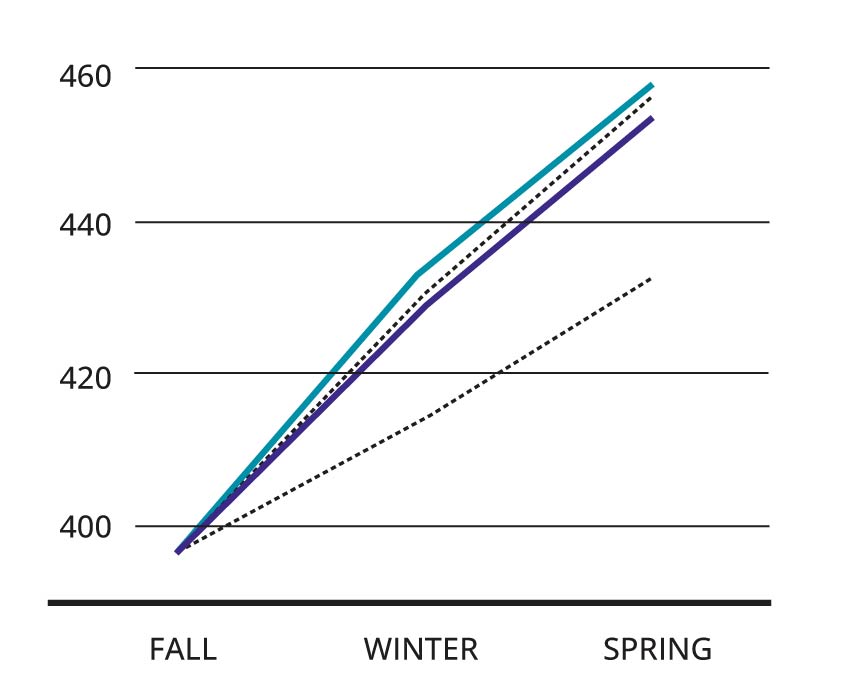
Quasi-Experimental Study of Collaborative Classroom’s Being a Reader Comprehensive Reading Program—Grade 1
ESSA Level 4: Demonstrates a Rationale
A program or practice, under evaluation, that is informed by research
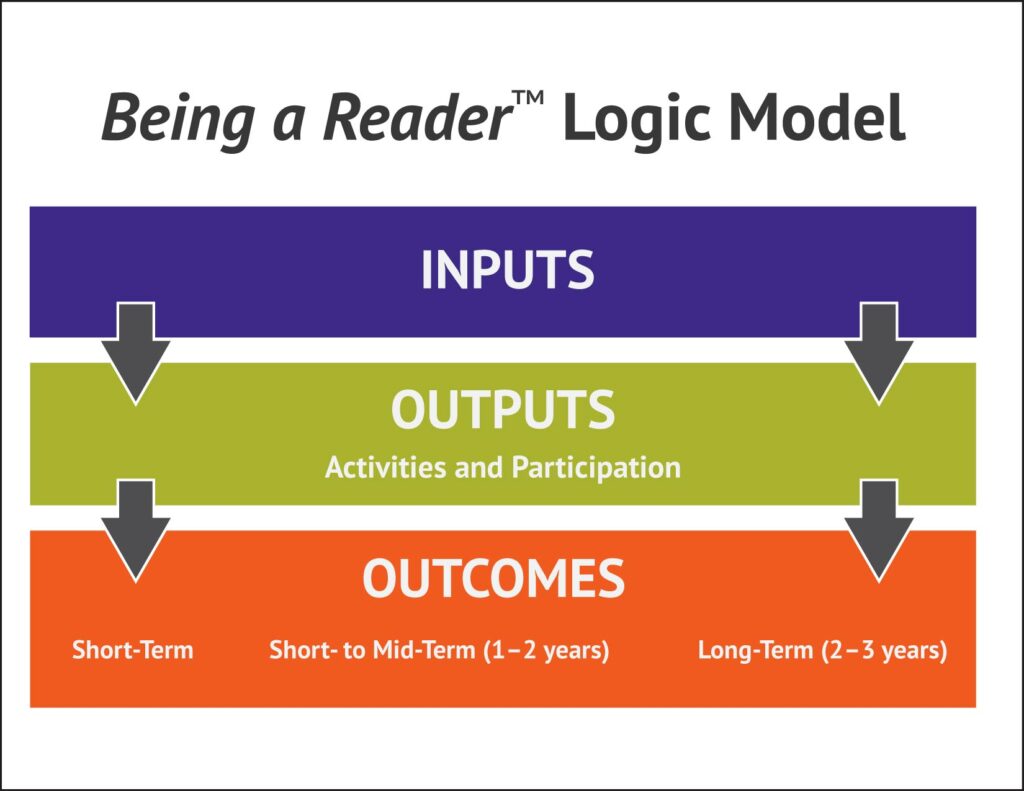
Being a Reader Logic Model
Read More Research Briefs
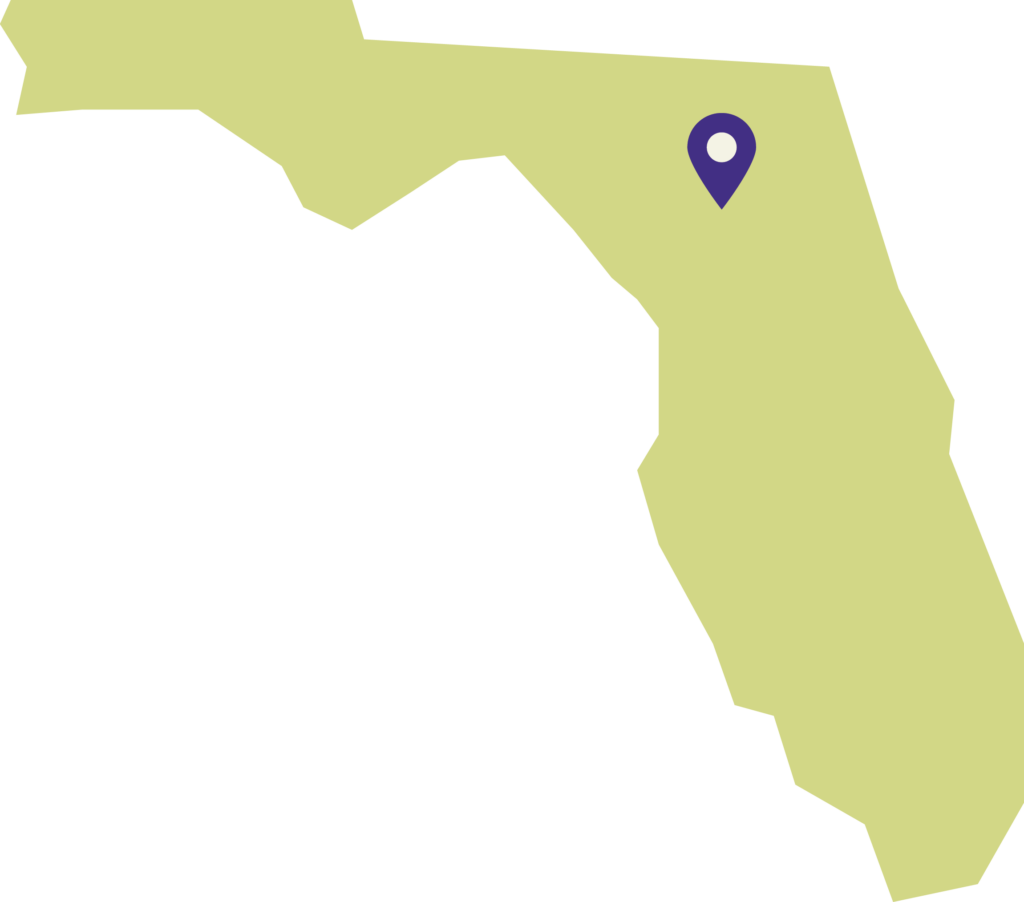
P.K. Yonge Developmental Research School: Being a Reader, Second Edition Pilot Gleans Strong Growth for Third-Grade Students
P.K. Yonge Developmental Research School conducted a prepublication pilot and field test of the Being a Reader, Second Edition program for third grade in the 2022–23 school year.
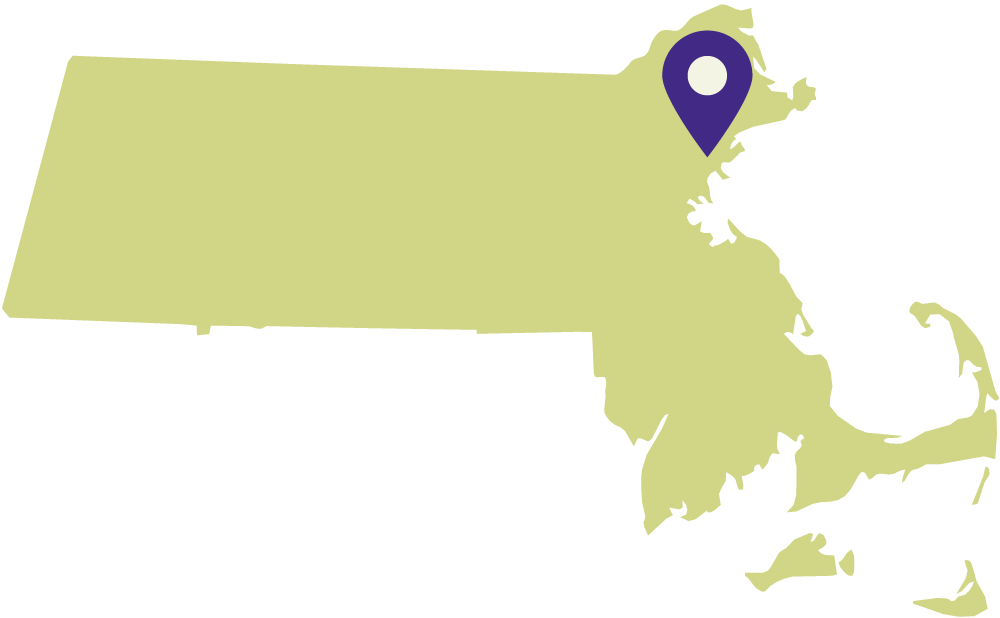
Paul Revere Innovation School: Targeting Foundational Skills to Improve Reading
Paul Revere Innovation School’s implementation of SIPPS during the COVID-19 pandemic expanded to Being a Reader (in grades K–2) and Making Meaning (in grades 3–5) during the 2021–2022 school year.
Download Digital Sample Kit
Get the Being a Reader brochure, sample lessons, placement assessments, and more.